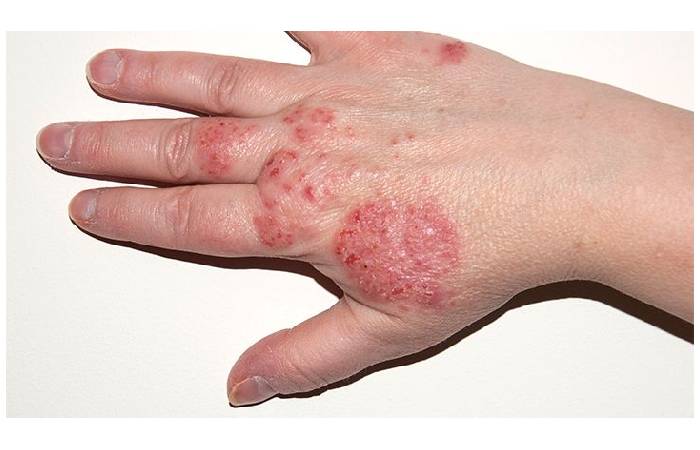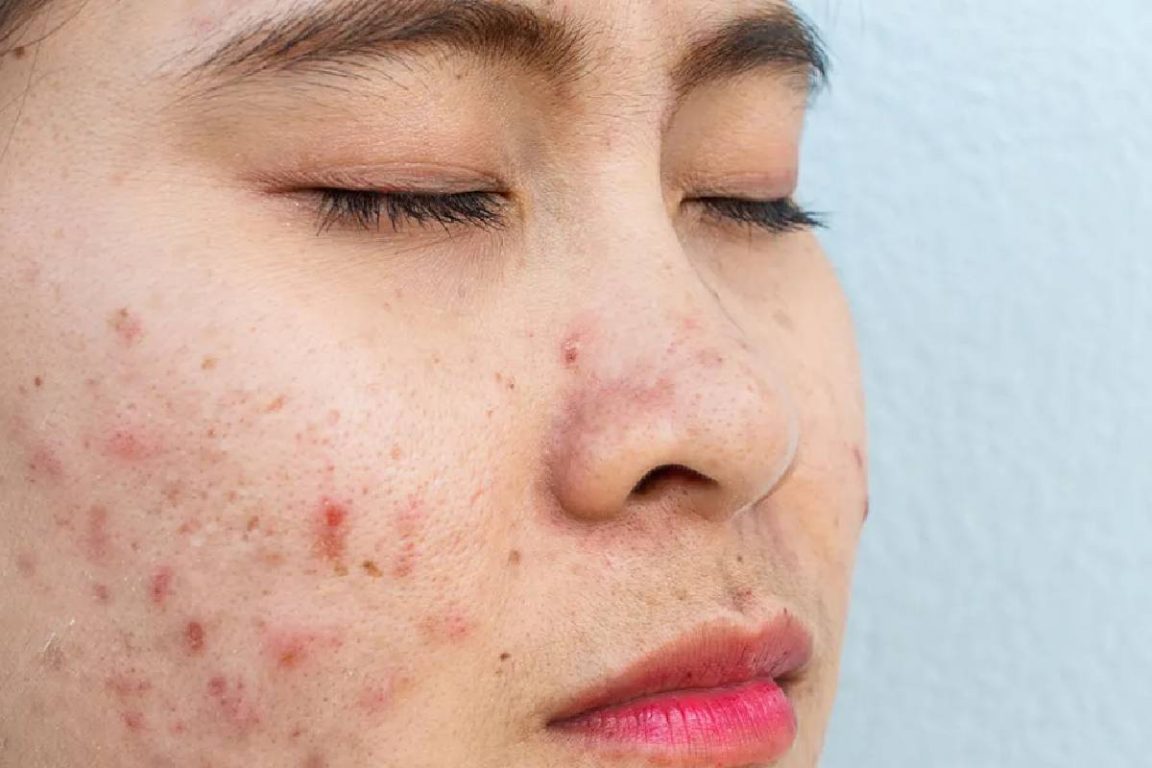What is a Skin Allergy? – Bumps, itching, redness and other skin problems are common, and their reason may not be easily identifiable. A board-certified allergist can aid in regulating if your symptoms result from allergies. A skin allergy is when the skin becomes annoyed because the immune system reacts to something usually harmless. It is called an allergic response.
An allergic response can cause rash, itching, burning, redness, bumps, hives, and puffiness. Many diverse allergens can result in a reaction. Below are some of the most typical allergic skin situations:
What is a Skin Allergy? – 1. Atopic Dermatitis or Eczema

is after the skin turns easily annoyed, itchy, and dry. It is the most common allergic skin condition and is more observed in children than adults. Eczema relates to both genetic (inherited from parents) and environmental factors. It refers to food allergies, asthma and rare allergies.
Some things can make eczema flame up, such as certain foods, stress, soaps and lotions, or cold and dry air. It affects between 10 and 20 per cent of children and 1 to 3 per cent of grown people. A common sign of eczema is dry, red, irritated and itchy skin. Sometimes, the skin may have small, fluid-filled bumps that ooze a clear or yellowish liquid, especially when infected. People with eczema frequently have a family history of allergies
2. Allergic contact dermatitis
When something touches the skin, resulting in a reaction. For instance, some people are sensitive to the metal nickel, resulting in a skin reaction if jewellery made with nickel touches their skin. A response to poison ivy is another example. Many people are allergic to poison ivy or oak plant oil.
3. Urticaria or Hives,
These are high bumps on the skin that form due to an allergic reaction. These bumps are also known as welts or wheals. An individual may get hives after eating a food that is allergic to him. The bubbles result from histamine that the body releases in response to the allergen.
Things besides allergies can also cause hives, such as a bug bite. Hives (urticaria) are red bumps or welts on the body. The condition is acute urticaria if it lasts no more than six weeks, besides chronic urticaria if it continues for less than six weeks. Acute urticaria most commonly happens by exposure to an allergen or infection. The cause of chronic urticaria is mostly unknown.
4. Angioedema
It is puffiness deep in the skin. It often happens on areas like the eyelids, lips, and throat and usually occurs together with hives.
Red, bumpy, itchy skin can be frustrating, painful and embarrassing. Rashes can occur by many things, including exposure to certain plants (poison ivy, for example) and allergic reactions to a medication or a portion of food. Rashes can also occur with an illness such as measles or chickenpox. Eczema and hives, related to allergies, are two of the most common skin rashes. If your skin condition results from an allergy, an allergist can diagnose and treat your situation so that you can live life to the fullest.
5. Contact dermatitis
Contact dermatitis is a reaction when the skin interacts with an irritant or an allergen. Signs can include a rash, blisters, itching besides burning.
Soaps, washing detergents, cloth softeners, shampoos — or even extreme exposure to water — can all cause contact dermatitis. Other items that can cause a reaction are metals (such as nickel, a component of stainless steel and other alloys used to make clothing jewellery), glues, nail polish, topical medications, plants and latex gloves.
Sometimes an allergen won’t cause a skin reaction unless the skin exposes to sunlight. This condition is called photoallergic contact dermatitis. It can occur with products such as shaving lotion, sunscreen and some perfumes.
What is a Skin Allergy? – Prevention
The best way to stop allergic skin reactions is to discover what allergen results in the response and evade it. Consider potential allergens that go straight on the skin, such as soap, wash gels, hair products, makeup, creams, and deodorizers. Foods and drugs can also cause allergic reactions, particularly hives and swelling.
For eczema, keep the skin creamed and avoid the things that cause eczema to flare up.
What is a Skin Allergy? – Conclusion
What is a Skin Allergy? – A skin allergy is when the skin becomes annoyed because the immune system reacts to something usually harmless. It is called an allergic reaction. The utmost common allergic skin conditions are atopic dermatitis (eczema), allergic contact dermatitis (rash where an allergen touches the skin), urticaria (hives), and angioedema (swelling). Hives and swelling frequently happen together and may suggest a serious and life-threatening allergic reaction.

